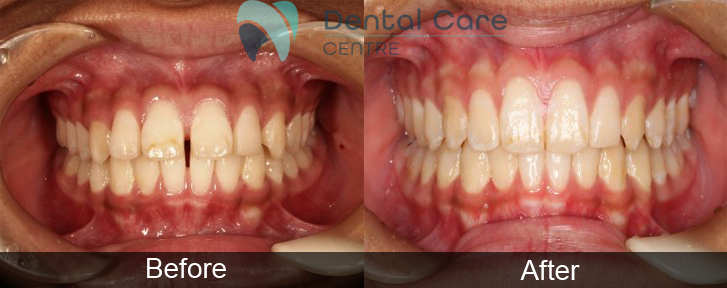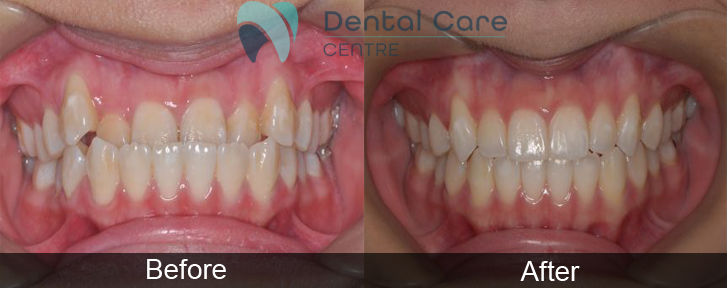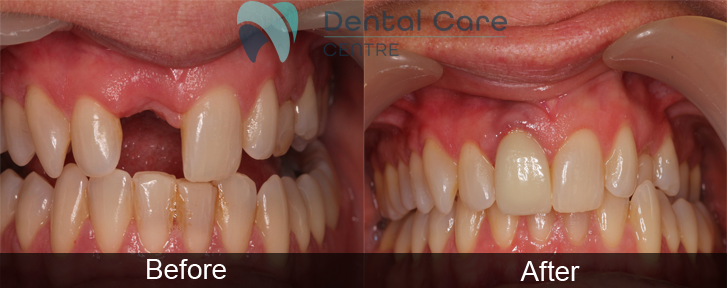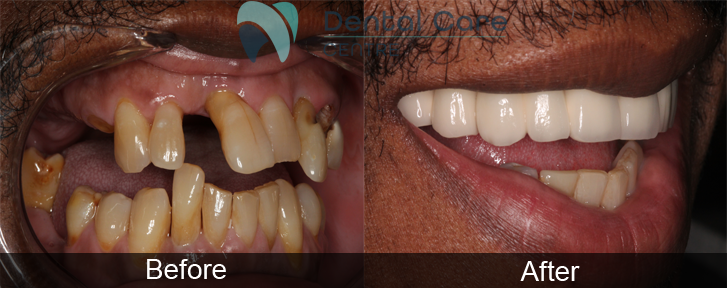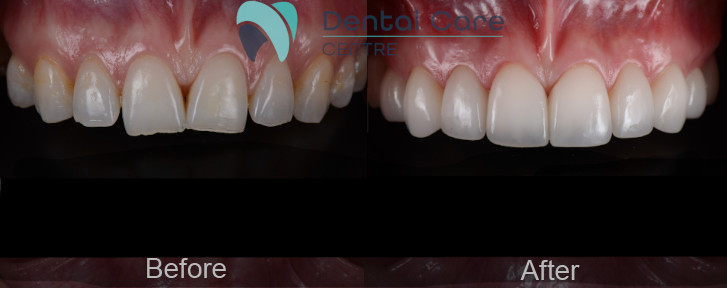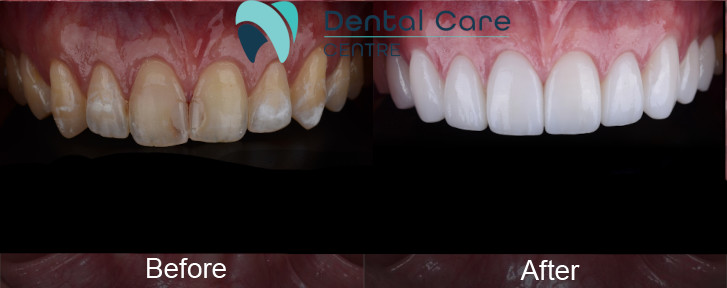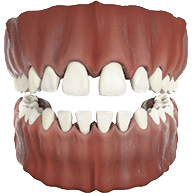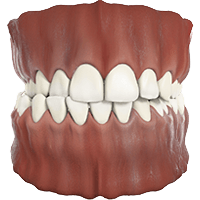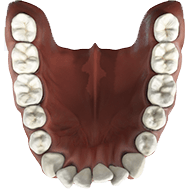Gum Graft in London
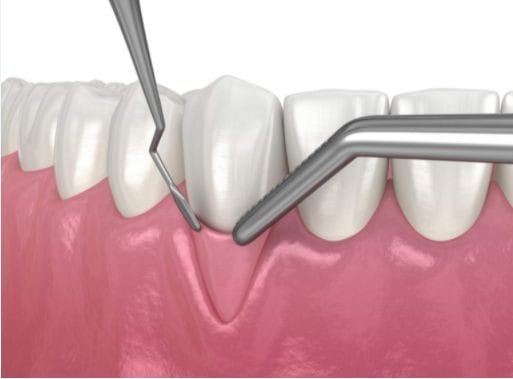
Gum Grafting
Gum grafting is a surgical process also known as gingival grafting in which the gum grafting material is augmented to restore normal gum level. Gum grafting surgery is performed in gum recession condition, in which gum tissue recedes from the normal gum line and exposes tooth roots. Gum recession can cause teeth sensitivity and affect the aesthetic smile line.
In the Dental Care Centre our London’s expert periodontist, comfortable and efficiently performs gum grafting surgery and protects tooth roots from decay, treats teeth sensitivity, and helps restore an aesthetically appealing smile.
Different types of gum grafting surgery
In gum grafting surgery, our expert periodontist takes gum from the other side of the oral cavity, surgically places it with overexposed roots, and fixes the gum with the help of sutures. In gum grafting surgery an excellent quantity of tissue is used with good blood supply so it rapidly heals after placing over exposed gum. The common side from where grafting tissue can be used:
- Connective tissue grafting – It is the common gum grafting technique in which palate (roof of mouth) connective tissue is used as grafting material to cover exposed tooth roots. From the palate or roof of the mouth, a small flap is removed and sutured at the gum grafting needed site. The palatal connective tissue is thick and easy to remove, this technique provides effective results due to rich blood supply and rapid healing.
- Free gingival graft – In this technique, our dental specialist used thin and small-sized palatal tissue to cover mild gum recession. It is used in mild to moderate gum recession to cover the exposed gum and prevent future recession.
- Lateral or pedicle gum grafting – In lateral gum grafting, surrounding gum tissue is used, adjacent to the gum recession area. The local healthy gum tissue is moved to cover the exposed root of the tooth This technique is most effective and comfortable.
- Allograft – In the Allograft technique, connective tissue from other donors is used to cover the exposed root and receding gum. Alloderm is a grafting material that is commonly used, in which the skin’s dermis layer from another donor is used to restore normal gum growth. This technique is used in autografting failure conditions such as allergic reactions or infections.
The factors that affect the success of gum grafting
- Quality of grafting tissue. The success of gum grafting mostly depends upon the grafting tissue material. In autografting, graft material is used from the patient’s own body, which is the most successful grating technique, and palate tissue is a healthy donor site for gum grafting.
- Blood supply: A rich blood supply can accelerate the healing process of gum grafting treatment.
- Graft stability: Using the proper suturing technique is important for better stability and integration of grafting gum to adjacent tissue.
- Healthy healing environment: Properly maintaining good oral hygiene and avoiding smoking is crucial for rapid healing gum grafting treatment.
Treatment plan for Gum Grafting
Initial assessment
In the Dental Care Centre, our expert periodontist carefully diagnoses conditions to find the underlying cause of gum recession such as teeth malalignment, hormonal problems, aggressive brushing, and genetic factors. Proper assessment of the extent of gum recession, surrounding gum tissue, overall dental health, and complete dental and medical history such as diabetes and hypertension. Evaluate the severity of the condition by testing teeth sensitivity and estimating gingival length to restore aesthetic concern.
Consultation
Our expert periodontist discusses the gum condition, availability of various gum grafting materials with the patient, explains in detail the best-fit technique according to their condition, and clears any concerns about the treatment.
Treatment plan development
After evaluating all the conditions and carefully estimating gum recession, our expert dental specialist makes a personalised treatment plan and selects a grafting donor tissue that is used to cover the exposed root and make an aesthetic smile line. Palate connective tissue and adjacent gingival tissue are commonly used in gum grafting surgery according to individual dental needs. Sometimes additional treatments are also required such as restoration of root decay and root planning for healthy and prolonged gum attachment.
Gum grafting surgery
After completing all pre-operative preparation, our expert periodontist gives local anesthesia to the graft donor side and grafting material placement site, for pain-free and effective surgery. After anesthesia, our expert specialist starts the procedure, efficiently removing graft tissue from the donor side by using innovative technology and skilled fully placing it to cover gum recession. After stable placement of grafting tissue, our dental specialist secures the graft with the help of a suture for proper integration of grafted tissues to surrounding tissue.
Post-operative care
After successful placement of grafted tissues, our dental specialist prescribes painkillers and antibiotics to control pain and infection and gives necessary instructions such as taking a soft diet, maintaining good oral hygiene with gentle and soft brushing, regular uses of antibiotics, mouth washes, avoiding smoking for rapid healing, and successfully attachment of gums. The healing period takes around 2 to 4 weeks for complete healing and attachment of grafted gum with tooth and integration into surrounding gum. Regular dental visits are necessary for proper monitoring of gum condition.
Gum or gingival grafting surgery is performed in resorbed gums that expose the root of the teeth cause teeth sensitivity and affect the smile aesthetic. The Dental Care Centre is London’s renowned dental clinic for its expert and specialist dental surgeons who provide premium dental services. Our expert periodontist uses innovative technology for effective and comfortable gum grafting surgery and provides postoperative care for successful attachments of grafted tissues with teeth. Meet our experienced periodontist at the Dental Care Centre.
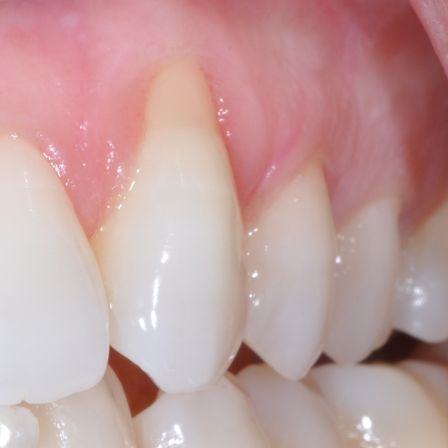
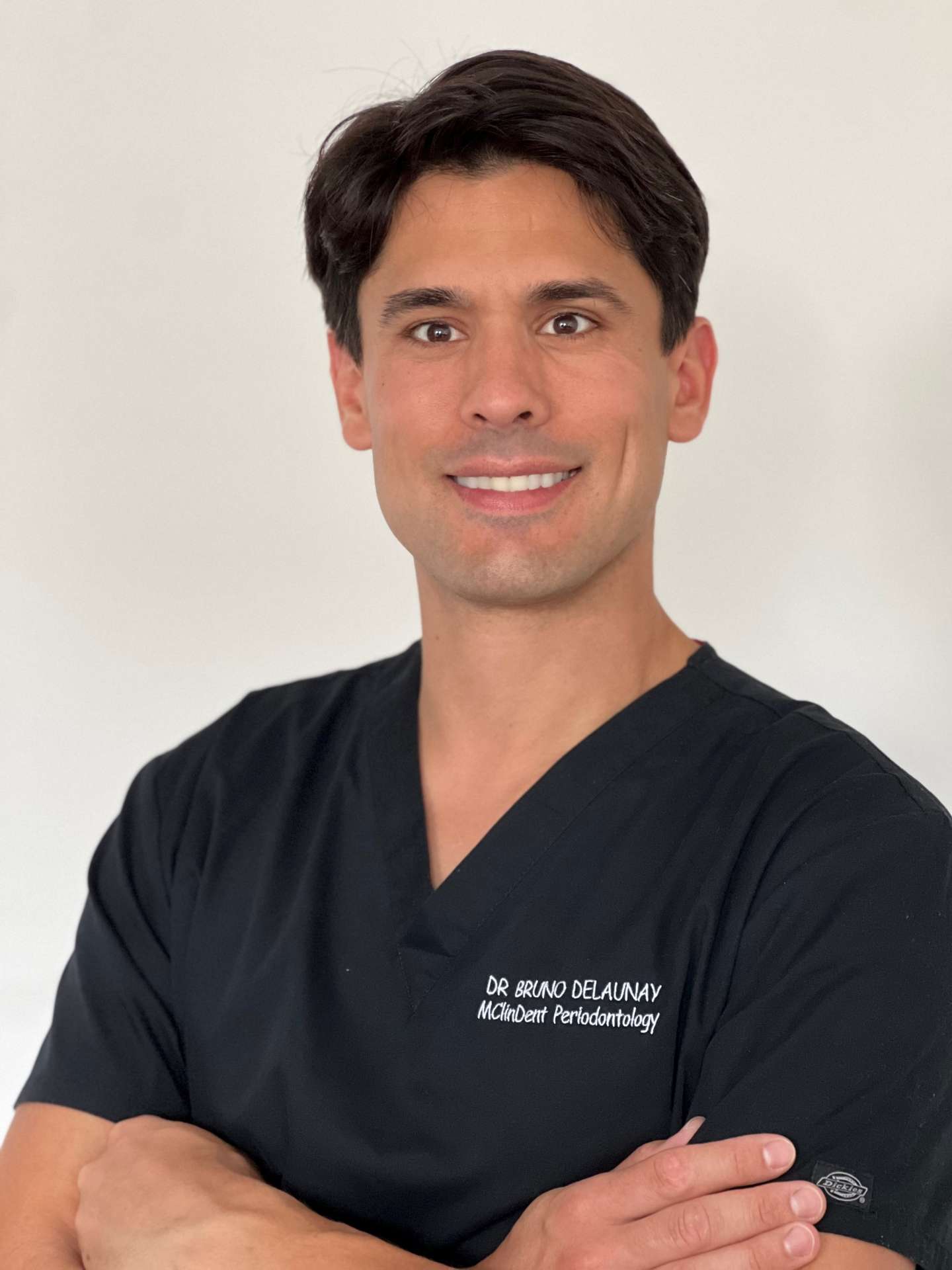
Dr Bruno Delaunay
Periodontist / Gum Health ( Special Interest)
GDC Registration Number:268461
Dr Bruno Delaunay practiced as an aesthetic restorative dentist in private practices around London and developed his knowledge in conservative dentistry. He obtained a postgraduate certificate in Advanced Aesthetic Dentistry with Distinction from the prestigious Eastman Dental Institute
He then decided to focus on one field and completed a three-year full-time Master’s Degree in Clinical Dentistry (MCD) in Periodontology in September 2023 at the Eastman Dental Institute
During his speciality training, Bruno developed his clinical expertise in managing treatments of patients with advanced periodontal diseases using a wide range of treatments from non-surgical therapy up to complex periodontal regeneration. Bruno also acquired extensive knowledge in treating gingival recession and replacing missing teeth with dental implants
He successfully completed the examination for membership of the Royal College of Surgeons of England in 2023
The advanced training he received at Eastman is one of the few international programs accredited by the European Federation of Periodontology
Bruno is dedicated to his patients and aims to provide ethical and high-quality dentistry within a multi-disciplinary approach
FAQs
Gum graft surgery is necessary when the gum tissue surrounding the tooth recedes to expose the tooth root, causing sensitivity. A gum graft aims to restore the gum level to avoid sensitivity and unpleasant aesthetics.
Multiple causes may lead to gum recession, including improper brushing technique (hard brushing), poor oral hygiene leading to periodontal diseases, hormonal changes such as pregnancy, bruxism, smoking, and some medical conditions such as diabetes.
Gum grafting is performed under local anaesthetic to provide a smooth and comfortable procedure. You may experience mild soreness or discomfort at the surgical site after the procedure, which can be managed through the prescribed painkillers.
Gum graft surgery takes around 1-2 hours. After surgery, you can normally resume your daily activities.
Most commonly, a graft harvested from the patient’s tissues (autograft) is used. Sometimes, a graft harvested from another donor or allograft may be indicated.
The healing process depends on several factors, including the individual healing capacity, the graft size, quitting smoking, and maintaining good oral hygiene. The healing period for a gum graft surgery is around 1- 2 weeks.
Stitches are required to attach the gum graft to the surrounding tissue. Some stitches dissolve on their own, while others require removal by our expert periodontists. Our surgeons will advise if you need to return to remove your stitches.
It is advised to follow a soft diet and avoid hard food during the first few days after surgery. It is better to avoid any food containing seeds during the two-week healing period to avoid contamination and delayed healing.
It is essential to maintain good oral hygiene after gum graft to promote healing. However, do not brush the teeth related to the gum graft surgical site until complete healing. Mouthwashes or warm saline are efficient in reducing any inflammation in the surgical area.
If the gum graft fails, you will notice the tissues become detached from your tooth, and its colour changes from pink to white, which means they do not have any blood supply.
Other Cosmetic Treatments
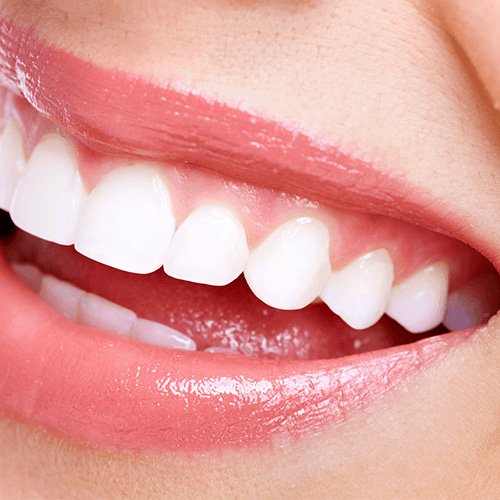
SMILE MAKEOVER
View

TOOTH WHITENING
View

WHITE FILLINGS
View
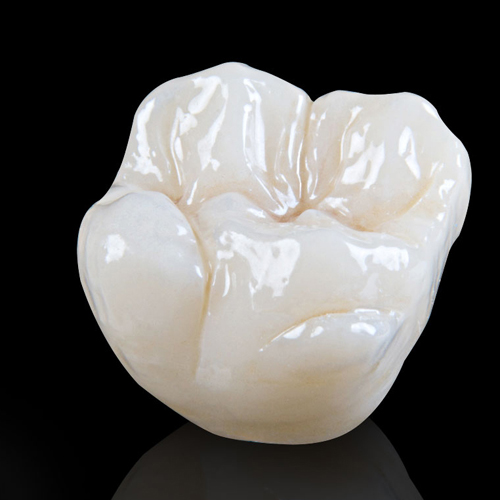
CROWNS AND BRIDGES
View
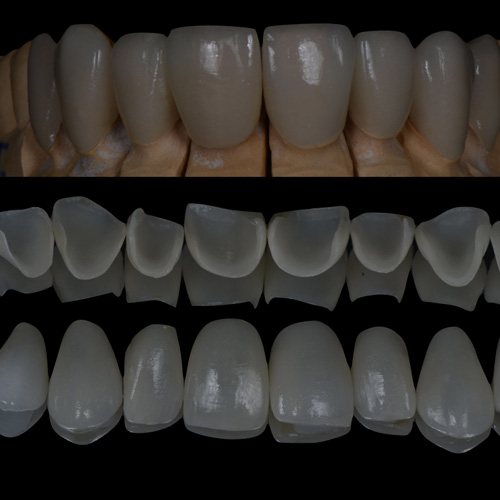
VENEERS
View

INVISALIGN
View

BONDING
View

INMAN ALIGNER
View
Implants Completed
Invisalign Cases Completed
Floors Dental Super Clinic
Patients Treated
Hygienist Appointments Completed
Awards and Accreditations
Smile Gallery
Invisalign adults
Invisalign children
Implant & reconstructive
Veneers
Patient Stories
Dentist Near You
If you require local dentist in London or any type of private or NHS dental treatment in New Cross, Brockley, Crofton Park, Ladywell, Forest Hill, Rushey Green, Nunhead, Peckham, Blackheath, Lee Green, Greenwich, Dulwich, Lewisham, Perry Vale, Camberwell, Downham, Sydenham, Bellingham, Millwall, Eltham , Rotherhithe, Surrey Docks, Herne Hill, Penge, Bermondsey, Gipsy Hill, Grove Park, Crystal Palace, Tulse Hill, Thornton Heath, Charlton, Bermondsey or Deptford contact the Dental Care Centre today.
OTHER DENTAL TREATMENTS AVAILABLE

GENERAL DENTISTRY
We have a range of core therapies, from bridges, crowns, root canal and dentures through to Oral Cancer Screening.

SPECIALIST TREATMENTS
These treatments use specalist technology, need more involved care, or are for a specific group of patients, like children.



